MARIRI AI TAATA e ma'i varavara roa e te matauhia i teie nei tau e e mamû noa atoa no te taata. No te mea eita e nehenehe ia tatou ia ite i te haamataraa i te tupu i roto i to tatou tino e ite ïa tatou i te taime e tae ai te reira i te hoê faito atâta. Ua rau te huru o te mariri ai taata. I teie mahana, e tauaparau tatou no nia i te mariri ai taata o te titi i roto i te mau vahine. E tauaparau tatou no nia i te mau tapao o te reira, Te mau tapa'o e te mau rapaauraa.
Te mau huru aore ra te mau tupuraa o te mariri ai taata
Te vai ra te mariri ai taata o te titi Hitu te mau tapao taa ê o te mariri ai taata o te titi, e rave rahi mau hoho'a e mau hoho'a taa ê.
Ua haapii mai te tapa'o matamua e mea ti'a ia outou ia ite e, e ohipa apî Te mau mana'o tauturu no te e aore râ, Te mau mana'o tauturu no te tuhaa o te titi. I teie nei, e mea faufaa ia tapao e e ere te taatoaraa o te mau puu o te titi i te mariri ai taata. Teie râ, mai te peu e e ite outou i te hoê puu apî aore ra te hoê puu taa ê ia hi'opoa ana'e outou i to outou titi, e ti'a ia outou ia haere e hi'o i te taote fatata roa a'e o te nehenehe e rave i te hoê hi'opo'araa papû e ia rave i te hoê aamu i roto ia outou.
Ua haapii mai te te piti o te tapa'o faufaa te imiraa i te ite, e mea taa ê ïa i roto i te Hoho'a e aore râ, te rahi o te hoê e aore râ, o te hoê o te mau titi. I teie nei, mea faufaa roa te reira no te mea e nehenehe te reira e faaite i te mariri ai taata o te titi e e ite hau atu â outou i te reira ia hautiuti ana'e outou i to outou rima aore ra ia oomo outou i te ahu.
Ua haapii mai te te toru o te tapa'o faufaa ia hi'o i ni'a Te mau nota A haere i rapae i to outou mau oata. Te ite ra outou e e mea toto roa te mau taheraa toto i roto i te natura. I teie nei, aita e faufaa ia riro ei mea faufaa ore. No reira, mai te peu e e ite outou i te hoê hoho'a peni apî no roto mai i te oata e aita outou e faaote ra i te û mama aore ra aita outou e faaote ra i te û mama, e tia ïa ia outou ia haere e hi'o i to outou taote piri roa ' ' e o te nehenehe faahou e hi'opoa ia outou e e rave i te hoê aamu hohonu no te tamata i te hi'opoa eaha te tumu. E te reira no te mea te hoê o te mau tumu teiaha o te hoê pape e tahe i roto i te oata, o te mariri ai taata ïa o te titi.
Ua haapii mai te te maha o te tapa'o faufaa no te imi i te mau tauiraa i roto i te Te mau mana'o tauturu no te Te mau nota. No reira, mai te peu e te hi'opoa ra outou i to outou rima e te ite ra outou i te hoê puu apî i reira o ta outou i ore i ite a'enei na mua ' ' e, eiaha e haamarirau i te haere e hi'o i to outou taote o te nehenehe faahou e hi'opoa maite mai te peu e e titauhia.
Ua haapii mai te Te mau tapa'o faufaa rahi te hi'oraa i ni'a o te hoê ïa tapa'o Te mau nota Te mau mana'o tauturu no te e aore râ, Te huru â te huru o te iri e haaati ra i te vaehaa o te titi. No reira, te hoê mea o ta outou e ite ra i ǒ nei, o teie ïa mau pepe haavare nainai e teie te hoê mea tei piihia Purdue aore ra anani. I teie nei, e reo farani te reira no te hoho'a anani. Mai te peu e e feruri outou i te hoê anani, e nehenehe outou e mana'o e e au rii oia i te hoê iri anani e teie mau faarueraa pehu iti aore ra te mau pepe haavare. Mai te mea e, te ite ra outou i te reira, eiaha e haamarirau i te haere e hi'o i to outou taote aore ra i te taote piri roa ' ' e o te nehenehe e hi'opoa ia outou.
Ua haapii mai te E ono tapa'o faufaa rahi te hi'oraa i rapae o te hoê ïa huru uteute, Te mau nota, aore ra eczema na te hiti o te nipple. Te faaite ra teie hoho'a i ǒ nei i te hoê mea tei piihia Api ma'i i te oata. Teie huru puupuu e haaati ra i te oata iho. Tera râ,, a imi i te mau rave'a atoa no te faatupu i teie, Te huru â te huru, Te mau nota, e aore râ eczema i te tuhaa fenua no Areola, o te tuhaa fenua e haaati ra i te oata iho.
I te pae hopea, te Te mau tapa'o faufaa rahi e a tapa'o i te mau tauiraa o te oata. I roto i teie hoho'a i ǒ nei, e nehenehe outou e ite i te tauiraa o te nipple. Mai te mea e, te ite ra outou i te hoê mea mai teie te huru, eiaha e haamarirau i te hi'o atu i to outou taote piri roa a'e mai ta'u i faahiti na mua'tu, e haapapû e e rave ratou i te hoê aamu e te hoê hi'opo'araa faufaa rahi e te hohonu.
No reira, i ǒ nei tatou e tauaparau ai no nia 7 te mau tapao o te mariri ai taata o te titi . No reira, te mau tapa'o, noa ' tu e e nehenehe atoa te rahiraa o te mau vahine e ohipa i nia i te mau tane e no te mea e nehenehe te mau tane e roohia i te mariri ai taata o te titi.
What are the possibilities of cancer?
When talking of cancer, possibilities are the various outcomes and scenarios that may arise due to cancer development, diagnosis, treatment and prognosis. Here are some possible cases about cancer:
1.Development
Cancer can develop in almost any part of the body through genetic mutations in normal cells leading to their uncontrolled growth and division. There exist many factors such as genetic predisposition, environmental aspects (tobacco smoke or sunlight), lifestyle issues (diet and exercise) or infectious agents like certain viruses can cause these mutations.
2. Diagnosis
It is possible for cancer to be diagnosed at different stages; from early-stage when it is localized within its original tissue site without invading neighboring tissues or organs to advanced-stage when it has spread (metastasized) to distant body parts. Generally the diagnosis of cancer involves a medical history, physical examination, imaging tests (X-rays, CT scans or MRIs), laboratory tests (blood tests or biopsies) and sometimes genetic testing.
3.Treatment
Treatment options for cancer are determined by a number of factors including the type and stage of cancer, as well as their overall health status and choices. Surgical excision, chemotherapy, radiotherapy, immunotherapy, targeted therapy, hormonal therapy and sometimes a combination of these methods may be used as treatment modalities. The objectives of treatment are to eliminate or destroy cancer cells, reduce tumors in size, relieve symptoms and improve general quality of life.
4. Prognosis
The prognosis for cancer varies widely based on disease factors such as type and stage. Effectiveness of treatment; presence of comorbidities; age; overall health condition among other things. Some cancers have a good prognosis with high survival rates especially if they are diagnosed early and treated well. However some other cancers can lead to poor outcomes especially when they are diagnosed at advanced stages or resistant to treatment.
5. Survivorship
Numerous individuals who have had cancer live healthy lives after going through the disease stage. Survivorship involves checking continually for signs that the cancer has come back (recurrence) taking care of any long-term effects from treatment (for example physical, emotional, cognitive issues) and addressing support needs for patients. Care plans may include regular follow-ups with medical oncologists or primary care doctors to monitor long-term effects like heart problems or secondary cancers that could develop from previous treatments as well as provide surveillance for cancer recurrences which may imply survival monitoring alone or together with palliative care if indeed applicable.
As a whole, even though the prospect of cancer could be terrifying, developments in research for cancer, early detection methods and treatment modes have all improved the conditions and lives of numerous people who have cancer. Nevertheless, it is significant to note that every individual reacts differently to the disease and that there are multiple possibilities as far as cancer is concerned.

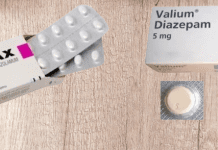
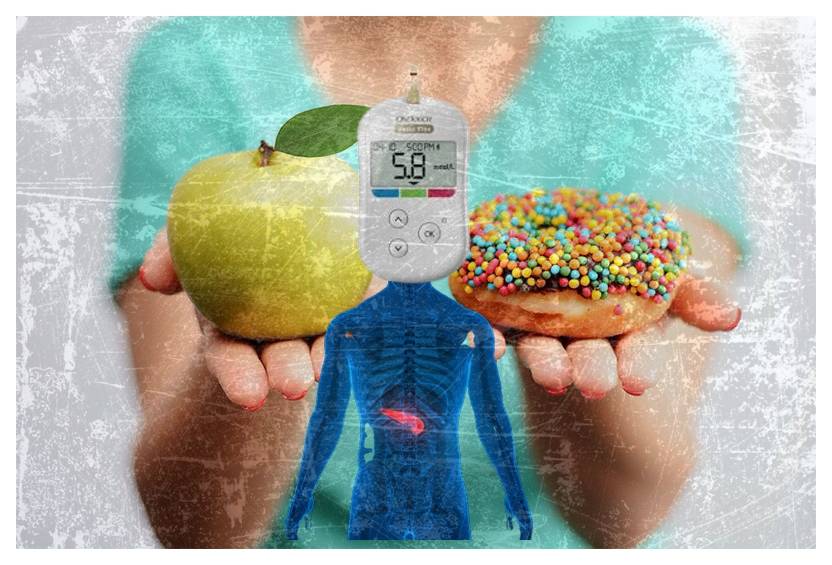
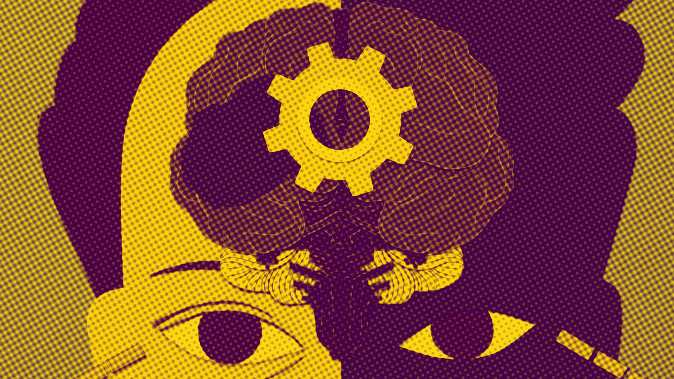
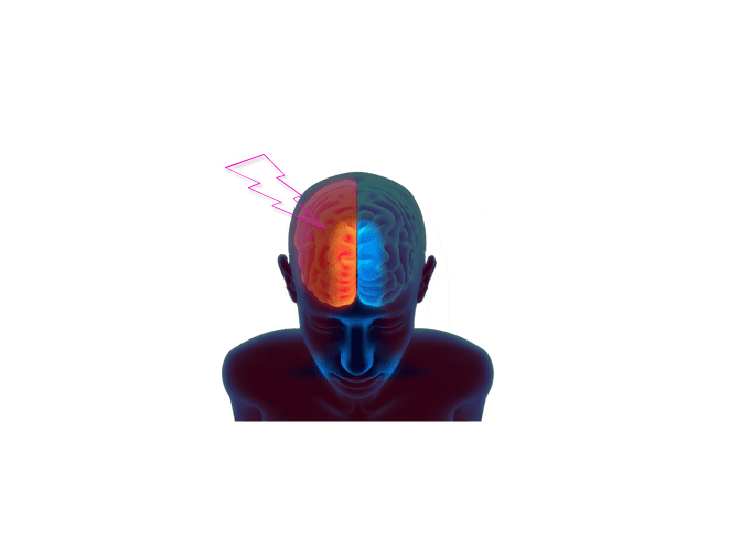
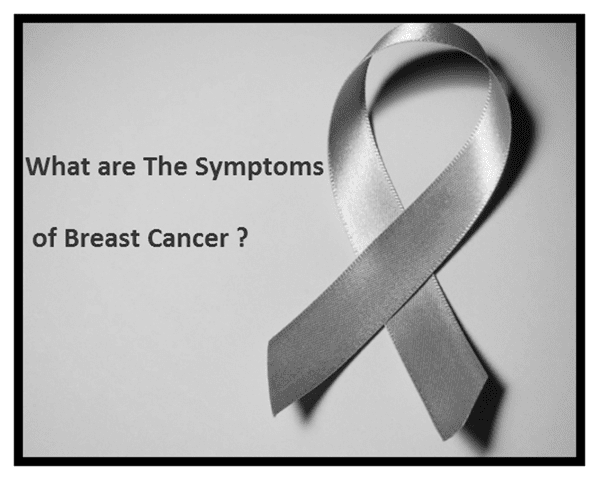




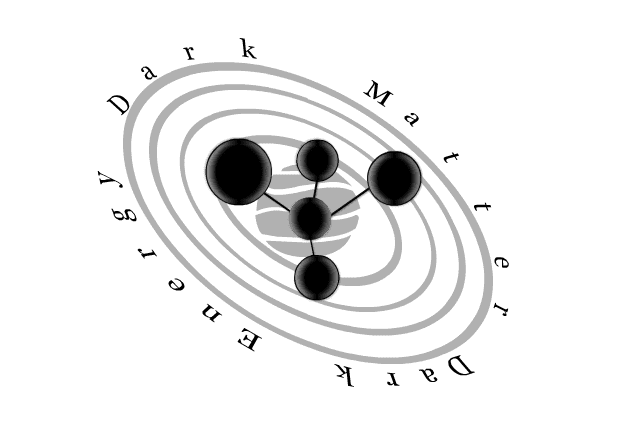












Very Informative post Thank syou